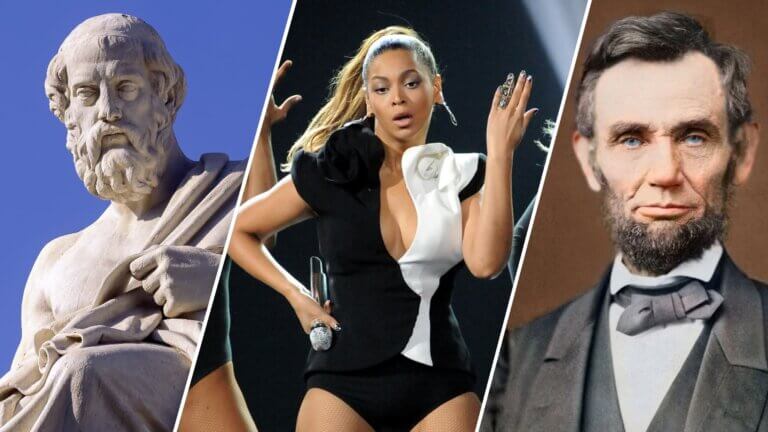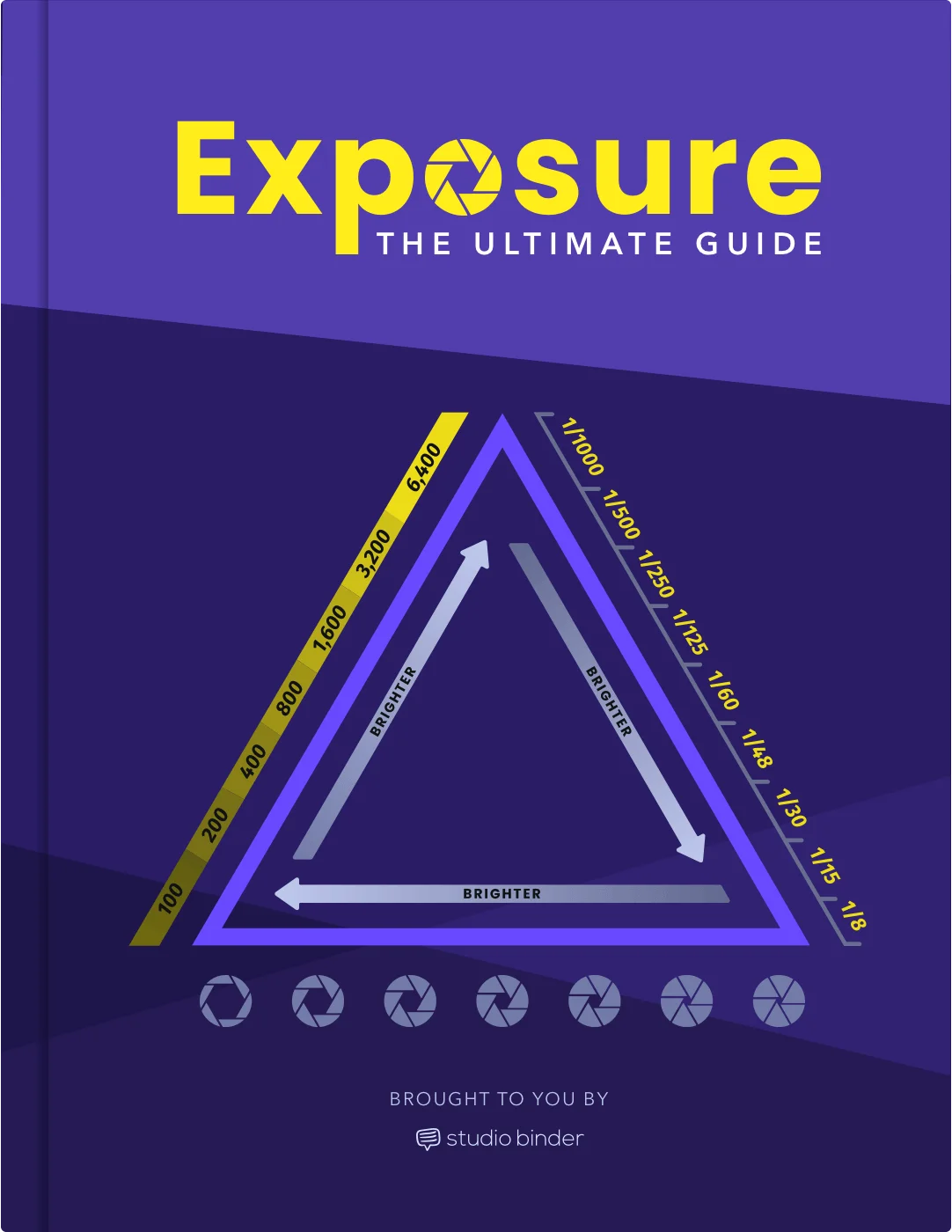Fables have been a cornerstone of human culture and communication for thousands of years, enchanting audiences with their magical blend of creativity, wisdom, and moral lessons. But what is a fable, exactly, and why has this form of storytelling stood the test of time? In this article, we’ll dive deep into the history, structure, and enduring… Continue reading What is a Fable — Definition, Examples & Characteristics
Narrative ElementsOpen menu Antagonist Backstory Catharsis Conflict Dialogue Mood Motif Plot Point of View Protagonist Setting Subplot Subtext Theme Structural ElementsOpen menu Anticlimax Climax Context Denouement Epilogue Narrative Narrative DevicesOpen menu Deus ex Machina Flashback Foreshadowing Exposition Hamartia Iambic Pentameter Irony Juxtaposition Peripeteia Personification Plot Twist Red Herring Satire Symbolism Figures of SpeechOpen menu Allegory… Continue reading What is Metonymy — Definition, Examples & How to Use It
The rule of three is one of the most important rules in all of writing – but what is the rule of three? We’re going to explore this fascinating and useful rule by looking at examples in sentences, situations, and stories. This article will serve as a referential guide for you to circle back to… Continue reading What is the Rule of Three — A Literary Device for Writers
Have you ever rearranged the letters of a word and discovered another hidden within? Welcome to the fascinating world of anagrams, a playful twist on our everyday language. Let’s delve into this linguistic curiosity, exploring its definition, function, and numerous intriguing examples.Continue reading What is an Anagram — The Art of Writing Word Puzzles
What is Rhetoric Rhetorical DevicesOpen menu Alliteration Anaphora Epistrophe Hyperbole Hypophora Metaphor Metonymy — Onomatopoeia Oxymoron Simile Rhetorical AppealsOpen menu Ethos, Pathos & Logos Ethos Pathos Logos Kairos Telos Write Your Script For Free Hypophora is a powerful rhetorical device that captures attention, stokes curiosity, and guides the audience in thinking in a particular direction.… Continue reading What is a Hypophora — Definition and Examples in Writing
You’ve likely encountered parables in religious texts, folktales, or even in everyday conversations, but have you ever stopped to wonder what is a parable and why it has remained such a powerful tool for teaching and conveying wisdom throughout history? In this blog post, we’ll unravel the mystery behind parables, examine their unique characteristics, and discuss… Continue reading What is a Parable — Definition, Examples and Uses
Atmosphere, while often overlooked, is an essential element in literature that deeply shapes readers’ experiences. It’s the emotional climate or mood a writer creates within their work — the unseen thread that binds the narrative together. But what is atmosphere in literature, exactly, and why is it so critical?Continue reading What is Atmosphere in Literature… Continue reading What is Atmosphere in Literature — The Silent Storyteller
Parallelism, or parallel structure, is a grammar style that ensures linguistic clarity. We’re going to explore parallelism examples from writing with the goal of better understanding parallel structure. By the end, you’ll know how parallelism works, and how to implement it in your writing. Tip: that last sentence was an example of parallelism in action!Continue… Continue reading Parallelism Examples — Writing, Speeches, Shakespeare & More
EssentialsOpen menu What is a Scene What is The Three Act Structure What is Story Structure What is a Story Beat What Is a Plot Plot vs Story What is a Non-Linear Plot What is a Plot Device What is Freytag’s Pyramid Screenplay StructureOpen menu Screenplay Structure Examples What is a Story Mountain Joseph Campbell’s… Continue reading What is an Inciting Incident — Definition & Script Examples
Every screenwriter wants to write quippy, smart dialogue that makes the page sparkle and keeps the actors inspired. But how do you do it? There are dozens, if not hundreds, of lists and guides that provide useful tips for how to write dialogue in a story. In this post, we’ll look at dialogue writing examples,… Continue reading How to Write Dialogue — Examples, Tips & Techniques
H ave you ever wondered why the mockingbird sings in Harper Lee’s classic, or what the green light at the end of the dock means in The Great Gatsby? Or perhaps you’ve pondered on the deeper significance of the spinning top in Christopher Nolan’s Inception. These aren’t just random elements thrown into the mix to make… Continue reading Types of Symbolism — Examples from Literature and Cinema
Anaphora is an important rhetorical device for emphasizing concepts and ideas. But what is anaphora? Fear not, we’re going to explain anaphora by exploring a variety of anaphora examples. By the end, you’ll know how to recognize and utilize anaphora in writing.Continue reading Anaphora Examples — Literature, Film, Music, Poetry & More
What is Point of View First Person Point of View Second Person Point of View Third Person Point of ViewOpen menu Third Person Point of View Third Person Omniscient Point of View Third Person Limited Point of View What is third person limited point of view? Third person limited point of view is an important… Continue reading What is Third Person Limited Point of View
Narrative ElementsOpen menu Antagonist Backstory Catharsis Conflict Dialogue Mood Motif Plot Point of View Protagonist Setting Subplot Subtext Theme Structural ElementsOpen menu Anticlimax Climax Context Denouement Epilogue Narrative Narrative DevicesOpen menu Deus ex Machina Flashback Foreshadowing Exposition Hamartia Iambic Pentameter Irony Juxtaposition Peripeteia Personification Plot Twist Red Herring Satire Symbolism Figures of SpeechOpen menu Allegory… Continue reading What is Hamartia — Examples of Tragic Characters in Lit. & Film
Metaphor Mixed Metaphor Visual Metaphor Extended Metaphor Implied Metaphor Dead Metaphor Metaphors are a crucial part of any writer’s prose. The figurative language technique can illustrate an idea or image in just a few words. Metaphors come in all shapes and sizes. One of the subtlest of its forms is the implied metaphor– a linguistic… Continue reading What is an Implied Metaphor — Definition, Examples & Usages
Metaphor Mixed Metaphor Visual Metaphor Extended Metaphor Implied Metaphor Dead Metaphor Metaphors are an important part of any writer’s lexicon. At their best, metaphors can crystalize an image or meaning in just a few words. Sometimes, however, they’re not operating at their best. Some of the most maligned metaphors are called dead metaphors, and most… Continue reading What is a Dead Metaphor — Examples & How to Avoid Them
ConnotationOpen menu Connotation Negative Connotation Positive Connotation Denotation Connotation vs Denotation Connotation vs denotation: one is subjective, the other is objective. Can you guess which is which? Fear not, no guessing required; we’re going to explain everything there is to know about connotation vs denotation by breaking down examples from literature and film. By the… Continue reading Connotation vs Denotation — Examples & Differences Explained
Stylistic devices, also known as figures of speech or literary devices, hold a significant role in adding depth, meaning, and artistic quality to pieces of literature. But what are stylistic devices? They are the colors that paint the canvas of prose, poetry, drama, and non-fiction, enhancing the vibrancy of the work and engaging the reader’s… Continue reading What are Stylistic Devices — How to Elevate Your Writing
What is Rhetoric Rhetorical DevicesOpen menu Alliteration Anaphora Epistrophe Hyperbole Hypophora Metaphor Metonymy — Onomatopoeia Oxymoron Simile Rhetorical AppealsOpen menu Ethos, Pathos & Logos Ethos Pathos Logos Kairos Telos Write Your Script For Free Abraham Lincoln famously said that “no government of the people, by the people, and for the people, shall perish from this… Continue reading What is an Epistrophe — Definition, Examples for Writers





























